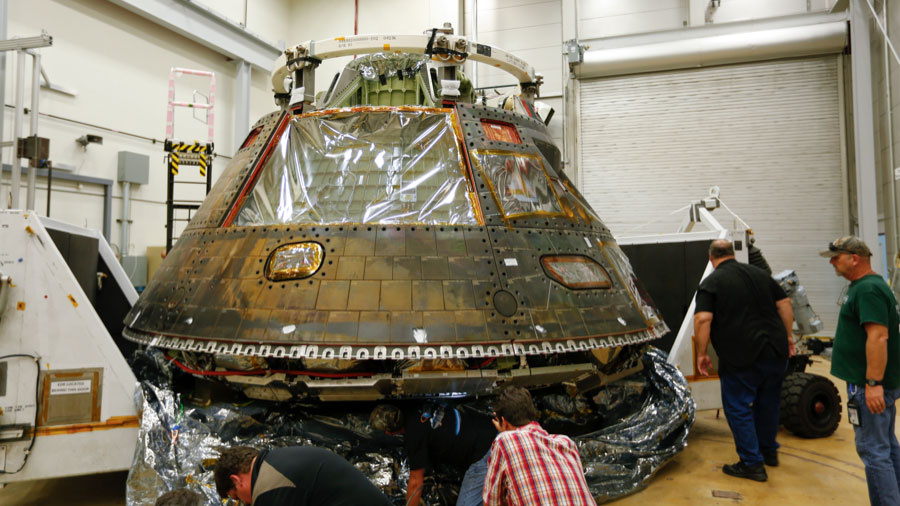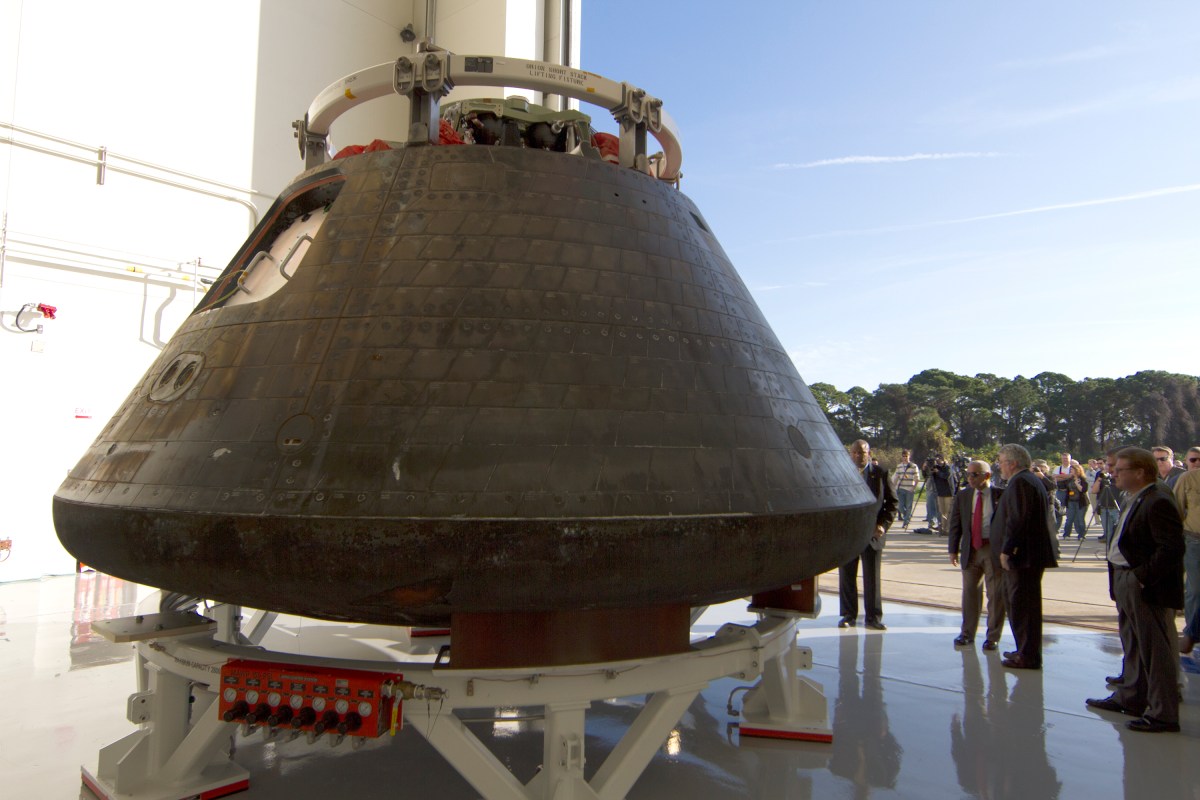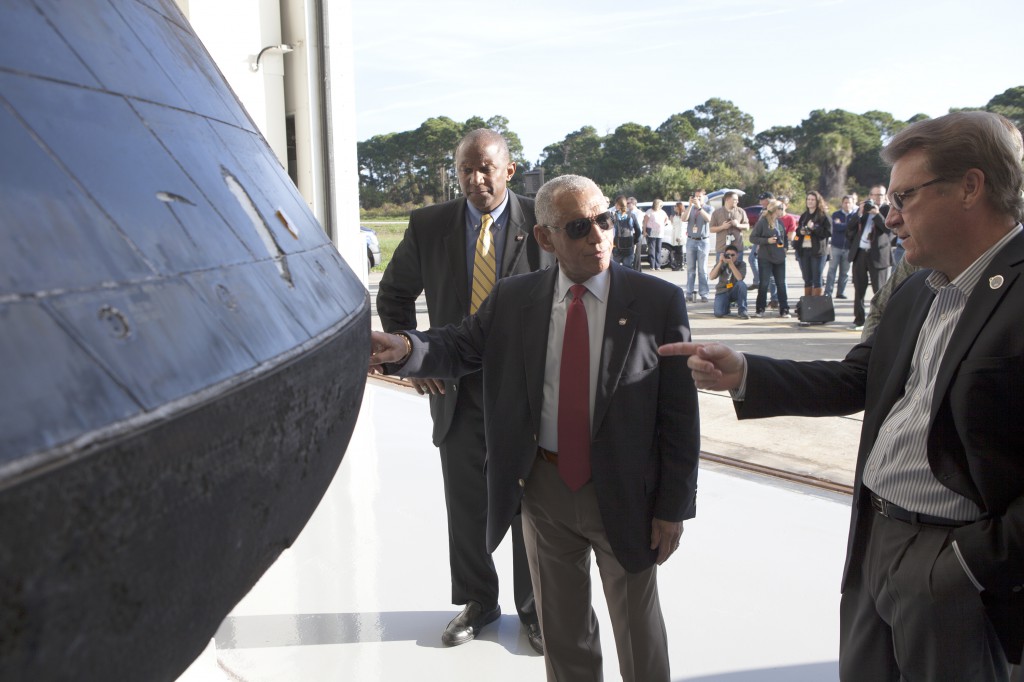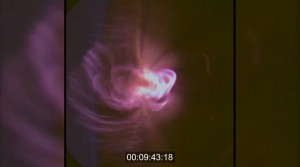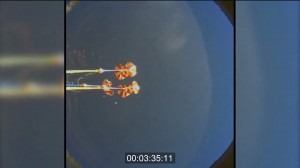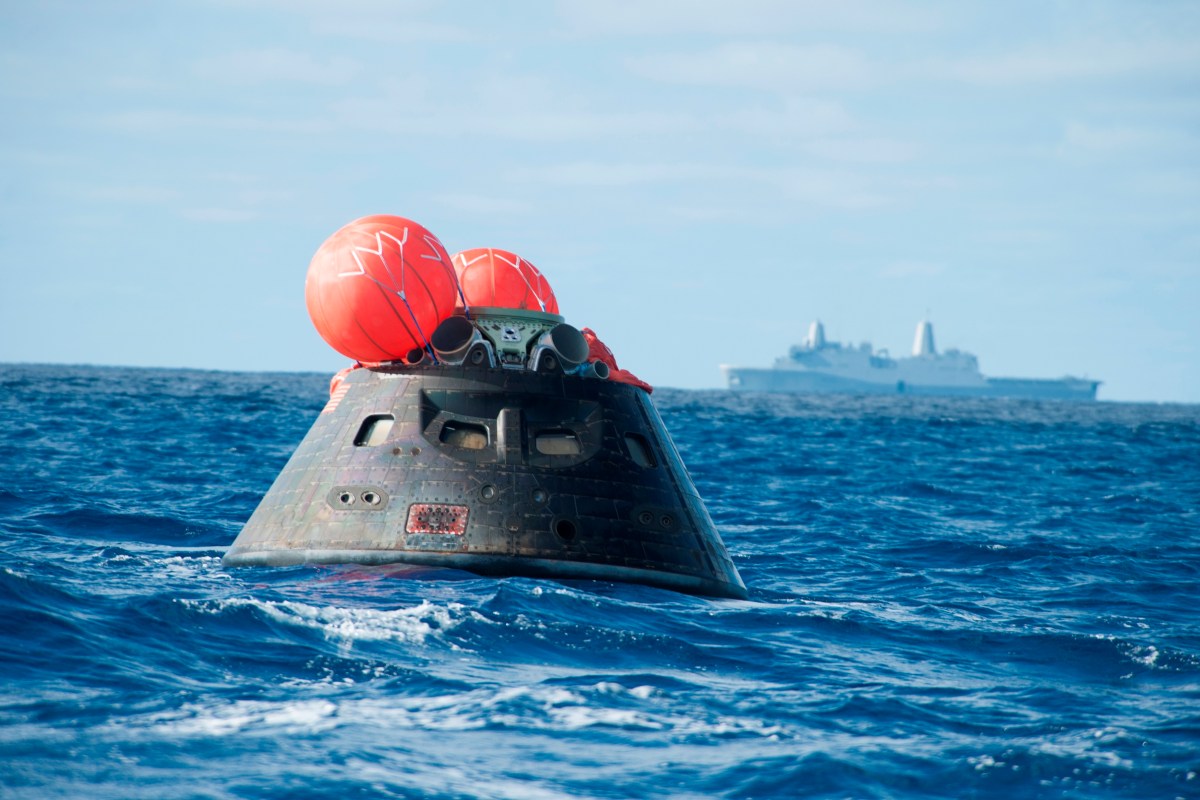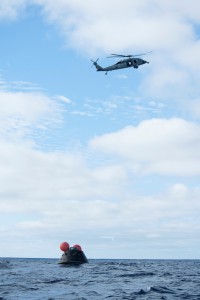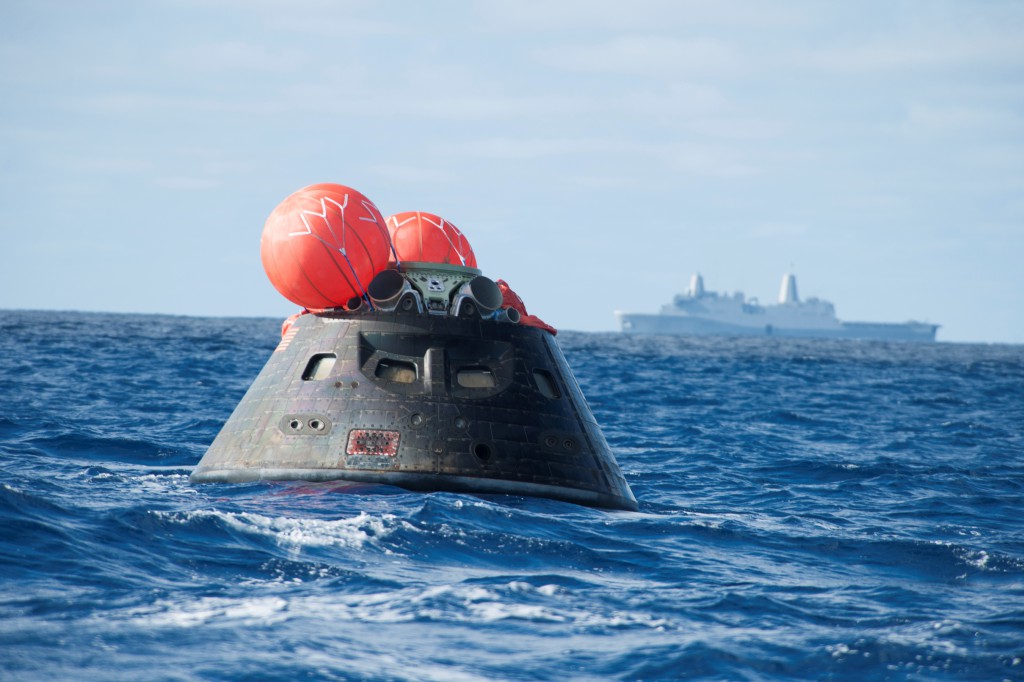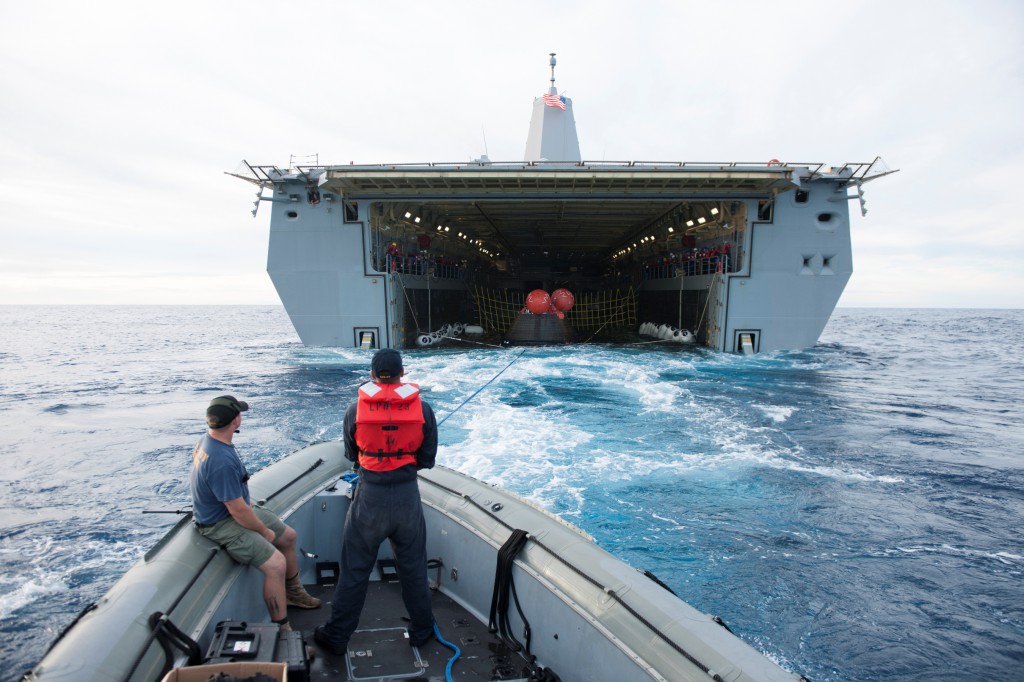
NASA’s Orion spacecraft that flew into space in 2014 has completed its trek from the agency’s Kennedy Space Center in Florida to the Littleton, Colorado, facility of Orion prime contractor Lockheed Martin. Engineers will perform final decontamination of the crew module, continue post-flight analysis and evaluate a new acoustic technology to determine if the method can produce enough energy to simulate the acoustic loads Orion will experience during launch and ascent atop NASA’s Space Launch System rocket. Check out images of Orion and read more about the acoustic testing here.

